The Philippines is blessed to have an abundant assortment of fish that we can enjoy any time of the year. As a guide to the popular fish varieties Filipino households enjoy, here are 16 fish varieties you’ve most likely had the pleasure of eating.
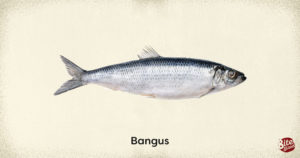
Bangus (Milkfish)
Scientific name: Chanos chanos
Water type: Seawater and freshwater
Characteristics: Silvery-blue coloring with a shimmering white belly and a wide-forked tail. It can grow to five or six feet in length.
What specific region in PH can they be found or popularly harvested in: Native to the Pacific and Indian oceans, and produced commercially in the Philippines through fish pens, cages, and other forms of aquaculture.
Taste impressions: Has a firm texture with a mild, sweet taste, especially in their belly. Matinik.
What they are usually good for when cooked: Bangus meat is versatile. Sinigang na Bangus, Fried, Daing, Tinapa
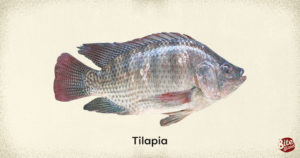
Tilapia (Mayan Cichlids)
Scientific name: Oreochromis niloticus
Water type: Freshwater
Characteristics: Tilapia typically have laterally compressed, deep bodies.
What specific region in PH can they be found or popularly harvested in: Central Luzon (Region III), and south of the capital region, like Calabrazon (Region IV-A)
Taste impressions: Cooked tilapia flesh is white, tender, and somewhat firm with a flaky texture. A good-quality tilapia tastes mild and sweet.
What they are usually good for when cooked: Fried, Grilled, Filleted
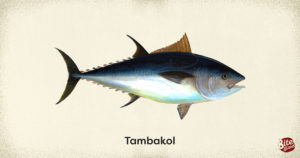
Tambakol (Yellowfin Tuna)
Scientific name: Thunnus albacares
Water type: Saltwater
Characteristics: A torpedo-shaped tuna fish with a dark metallic blue back, yellow sides, and a silver belly
What specific region in PH can they be found or popularly harvested in: Mindoro, Negros, and Sarangani
Taste impressions: It’s deep red in color with a sweet, mild flavor and a dense, firm, beef-like texture.
What they are usually good for when cooked: Grilled, Ginataan, Paksiw, Prito, Sashimi, Kinilaw
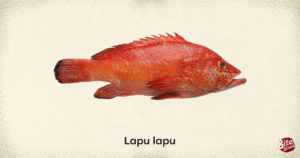
Lapu lapu (Leopard Coral Grouper)
Scientific name: Epinephelus
Water type: Saltwater and Freshwater
Characteristics: Orange-red with four horizontal whitish streaks on the head and body with many small, orange spots on the body, head, and fin.
What specific region in PH can they be found or popularly harvested in: Palawan, Marinduque, and Surigao
Taste impressions: Its white meat has a firm texture and a mild flavor making it easy to use in any seafood recipe. It has become the choice of healthy eaters because it is nutritious, its meat is low in fat.
What they are usually good for when cooked: Steamed Lapu-lapu, Escabeche Lapu-Lapu (Filipino Sweet and Sour Fish)
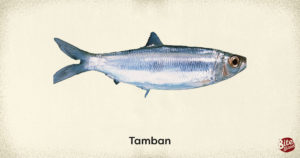
Tamban
Scientific name: Sardinella lemuru
Water type: Saltwater
Characteristics: Compressed, silvery, streamlined body, protruding scales, small to medium size
What specific region in PH can they be found or popularly harvested in: Peak spawning period from October to December in the Sulu Sea and the Moro Gulf.
Taste impressions: Maninipis ang tinik, firm but oily flesh
What they are usually good for when cooked: Fried, Paksiw
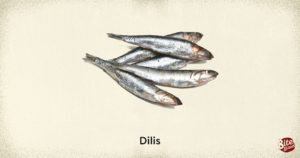
Dilis (Anchovy)
Scientific name: Engraulidae
Water type: Saltwater
Characteristics: With blue reflections due to a silver-colored strip. Its snout is blunt. Size varies from 2 centimetres (0.79 in) to 40 centimetres (16 in).
What specific region in can they befound or popularly harvested in: Abundant in the Mediterranean Sea and the Pacific, Indian, and Atlantic oceans.
Taste impressions: Fishy and salty but have a rich, umami flavor that adds a layer of complexity when dissolved into a sauce or emulsified into a dressing.
What they are usually good for when cooked: Dried Anchovy, Anchovy Paste, Pasta, Pizza Topping
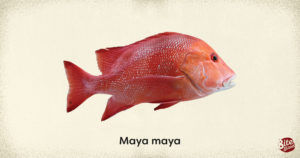
Maya maya (Red Snapper)
Scientific name: Cyprinodon maya
Water type: Saltwater
Characteristics: Delicate and flavorful white meat. They usually vary in size that can either be small or big. They are known for their vivid and distinct red color. Can grow up to 39 cm (15 in) and weigh a max of 22 kgs.
What specific region in the world can they be found or popularly harvested in: Negros islands
Taste impressions: Beneath the red scales and gray skin is white-reddish meat that’s sweetish yet firm and compact. Matinik.
What they are usually good for when cooked: Pesang Maya-Maya (Red Snapper Stew), Escabeche, Fish Steak, Steamed, Fried
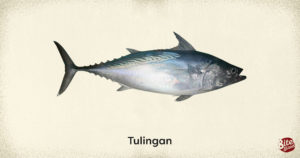
Tulingan (Mackerel Tuna)
Scientific name: Euthynnus affinis
Water type: Saltwater
Characteristics: Vertical stripes at the back, deeply forked tail, and a small velvety touch of scale
What specific region in PH can they be found or popularly harvested in: Mindanao
Taste impressions: Compared to the yellowfin tuna, mackerel tuna meat has is a bit sweeter and fattier. It’s a bit similar to salmon in terms of its creamier taste compared to tuna due to its higher fat content.
What they are usually good for when cooked: Sinaing, Ginataan
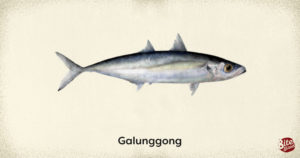
Galunggong (Round Scad)
Scientific name: Decapterus macrosoma
Water type: Saltwater
Characteristics: Elongated bodies look somewhat circular when viewed head-on. distinguishable by a small, detached fin. Its fins are black metallic to blue-green and its belly is white.
What specific region in PH can they be found or popularly harvested in: Northeastern Palawan, Mindoro, Zambales
Taste impressions: Tender and meaty. Has an off-white to light brown color when cooked.
What they are usually good for when cooked: Paksiw, Pinangat, Fried
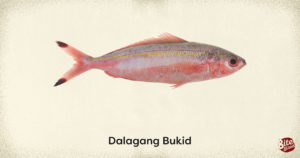
Dalagang Bukid (Yellow Tail Fusilier)
Scientific name: Pterocaesio chrysozona
Water type: Saltwater
Characteristics: Distinct bright red color, spindle-shaped body, and a protrusible mouth
What specific region in PH can they be found or popularly harvested in: Palawan
Taste impressions: Very similar to lapu-lapu (grouper) flesh in texture and taste. Also has saltiness and tangy taste like crab meat.
What they are usually good for when cooked: Sarciado, Escabeche
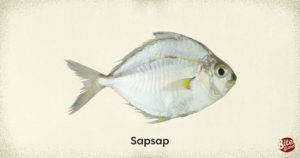
Sapsap (Pony Fish or Slipmouth Fish)
Scientific name: Leiognathus brevirostris
Water type: Saltwater
Characteristics: Ponyfishes are small and laterally compressed in shape, with bland, silvery coloration, slimy bodies, small scales, and a widely extending mouth. They only grow under six (6) inches in length.
What specific region in PH can they be found or popularly harvested in: Palawan
Taste impressions: It has a creamy-like texture with its firm and chunky meat. Sapsap can also be quite oily.
What they are usually good for when cooked: Pinangat, Paksiw, Dried
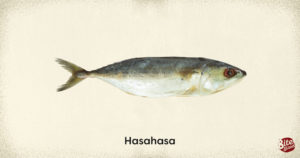
Hasahasa (Short Mackerel)
Scientific name: Rastrelliger brachysoma
Water type: Saltwater
Characteristics: Medium-sized mackerel and is of silver colour. The snout is somewhat pointed.
What specific region in PH can they be found or popularly harvested in: Romblon, Mindoro
Taste impressions: Taste is similar to eating tuna or salmon, has a sweet taste and has a decent amount of bones, and is not overly salty.
What they are usually good for when cooked: Sinanglay, Pinangat
Apahap (Barramundi)
Scientific name: Lates calcarifer
Water type: Freshwater and saltwater
Characteristics: Elongated body form with a large, slightly oblique mouth and an upper jaw extending behind the eye
What specific region in PH can they be found or popularly harvested in: Negros island region
Taste impressions: White fish that has a mild delicate flavor with a subtle sweetness that is similar to grouper or cod. The flesh is moist, buttery, and tender, with firm medium-sized flakes.
What they are usually good for when cooked: Steamed, Deep-fried, Stirfried, Broiled, Baked in Salt
Pompano
Scientific name: Trachinotus
Water type: Saltwater
Characteristics: Deep, thin-bodied fish that is silver with green to grey dorsal and yellow ventral surfaces
What specific region in PH can they be found or popularly harvested in: Pangasinan
Taste impressions: Pompano fish has a delicate, sweet, salty, strong, and enticing taste. The mild tangy flavor of pompano fish is a result of its salty water habitat and low-fat content. The meat of pompano has a white skin with a little bit of tough, firm, and greasy texture that can easily flake off.
What they are usually good for when cooked: Fried, Steamed, Baked
Bisugo (Threadfin Bream)
Scientific name: Nemipterus japonicas
Water type: Saltwater
Characteristics: Have a distinct pinkish of light reddish color accented by yellow highlights. Additionally, they are also called whiptail breams and false snappers.
What specific region in PH can they be found or popularly harvested in: Maguindanao, Palawan
Taste impressions: Meat is white and oily
What they are usually good for when cooked: Pinangat, Paksiw, Sinabawan
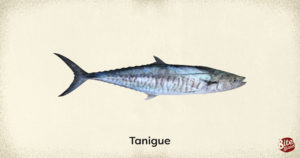
Tanigue (Spanish Mackerel)
Scientific name: Scomberomorus
Water type: Saltwater
Characteristics: Spanish Mackerel has vivid blue to dark grey in color along their backs and flanks and fade to a silvery blue-grey on the belly. Spanish mackerel have scores of narrow, vertical lines down their sides. Spanish mackerel are the largest of all Australian mackerels, growing to about 200 cm and up to 70 kg.
What specific region in PH can they be found or popularly harvested in: Albay
Taste impressions: Tender, firm, and savory. Have fewer bones and filled with umami flavors from the sea.
What they are usually good for when cooked: Kilawin, Bistek, Grilled
Follow us on Facebook, Instagram, Tiktok, and Youtube for foodie finds, re-imagined recipes, and easy eats that will take Pinoy bellies on an adventure!
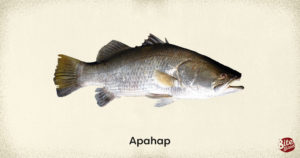
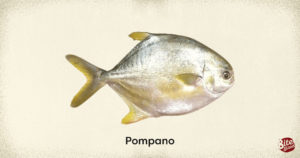
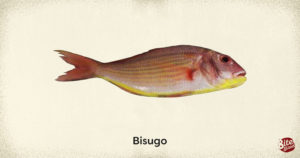
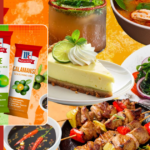
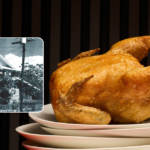



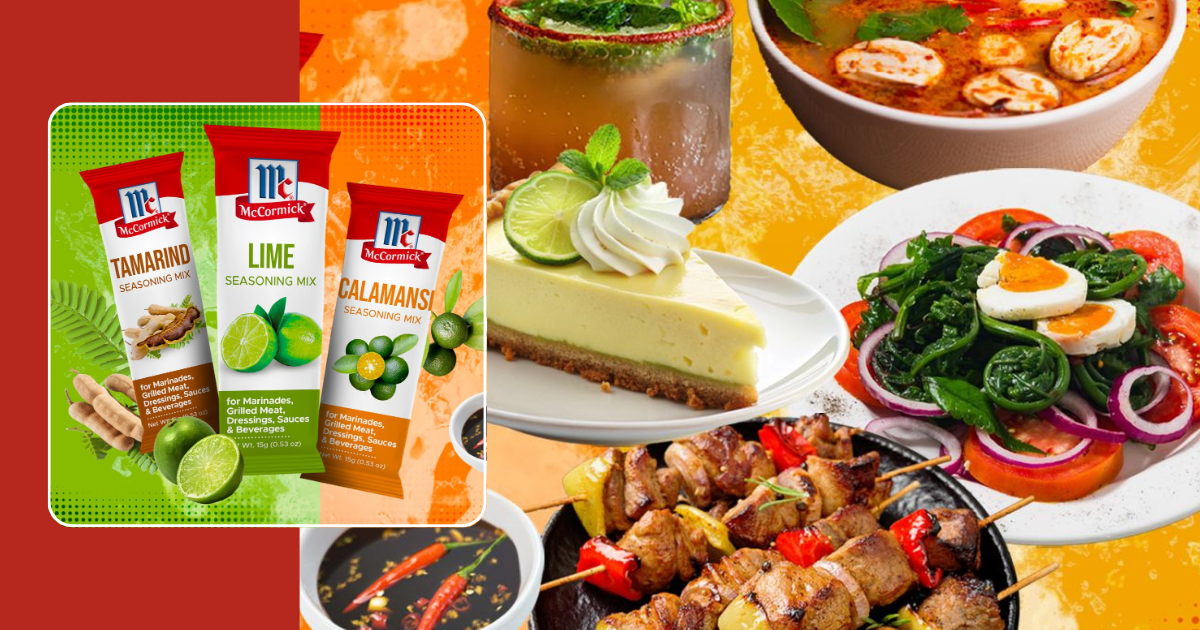
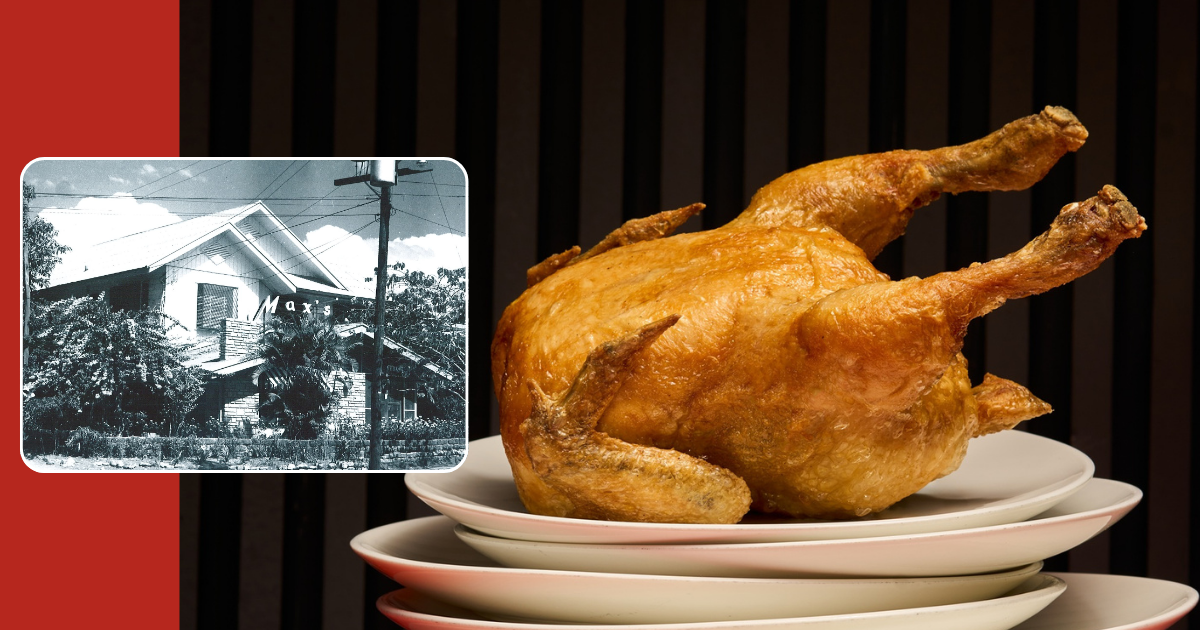
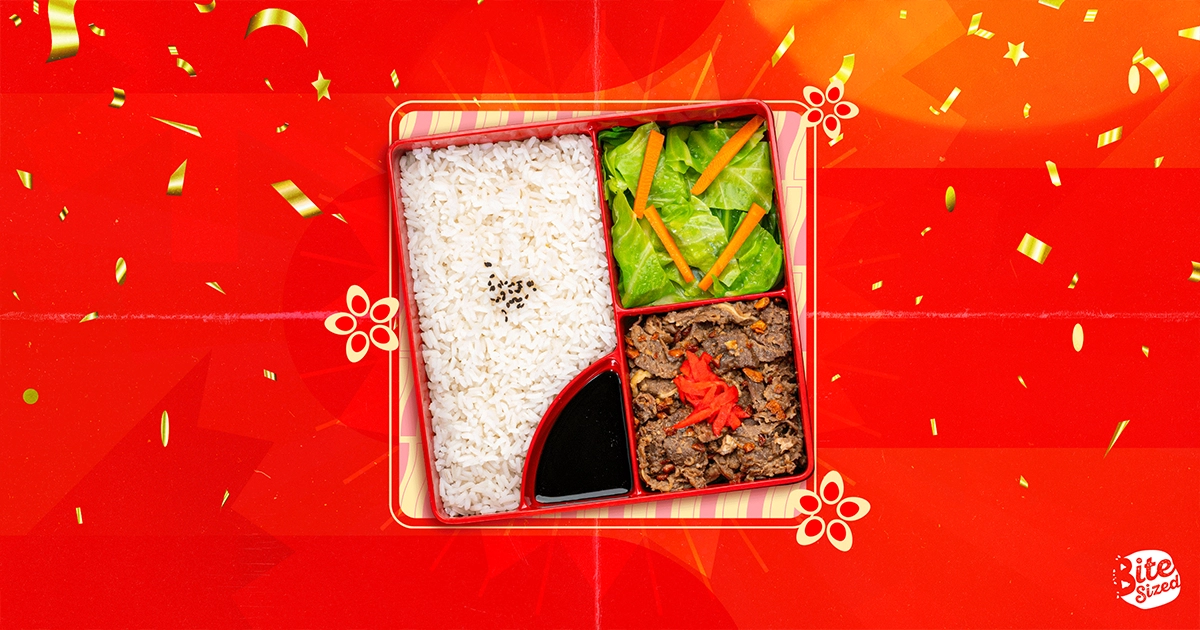
Leave a Reply